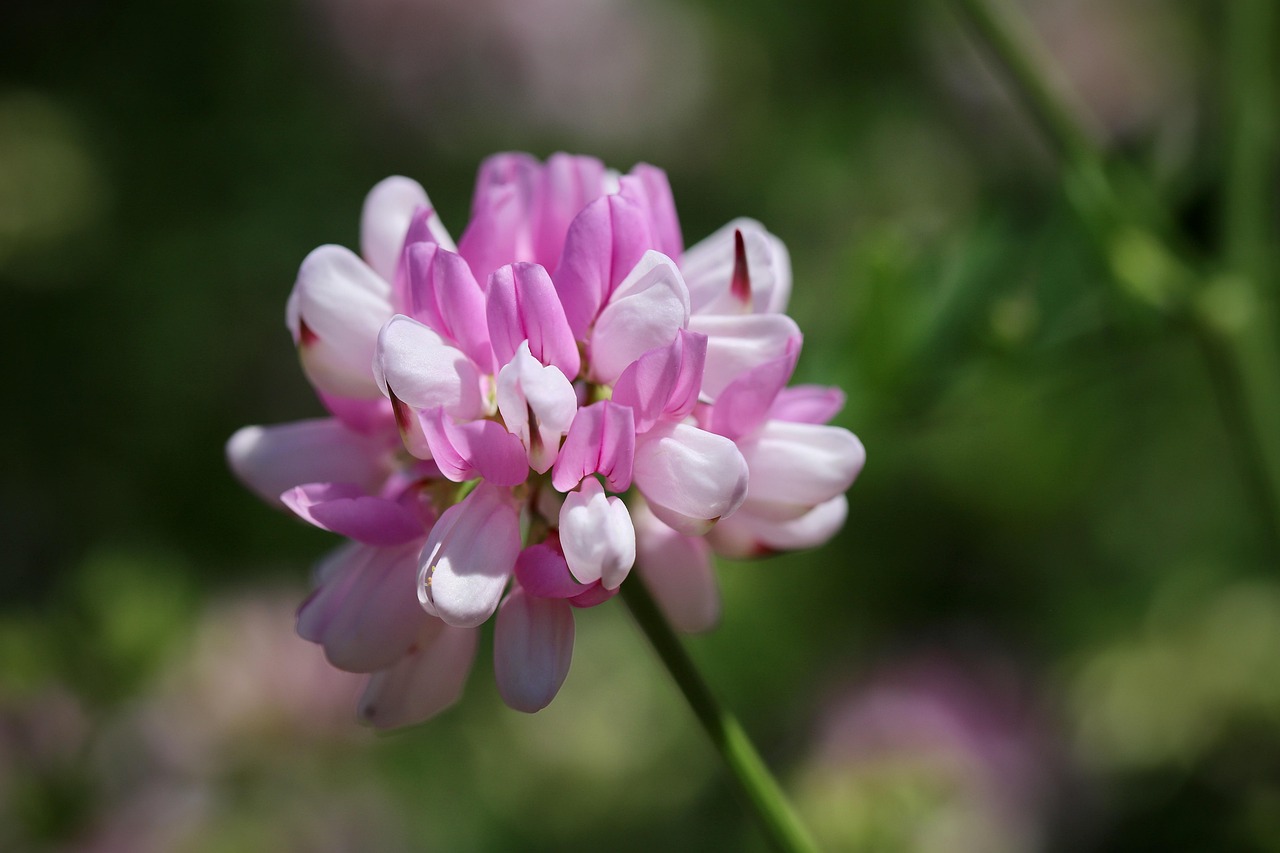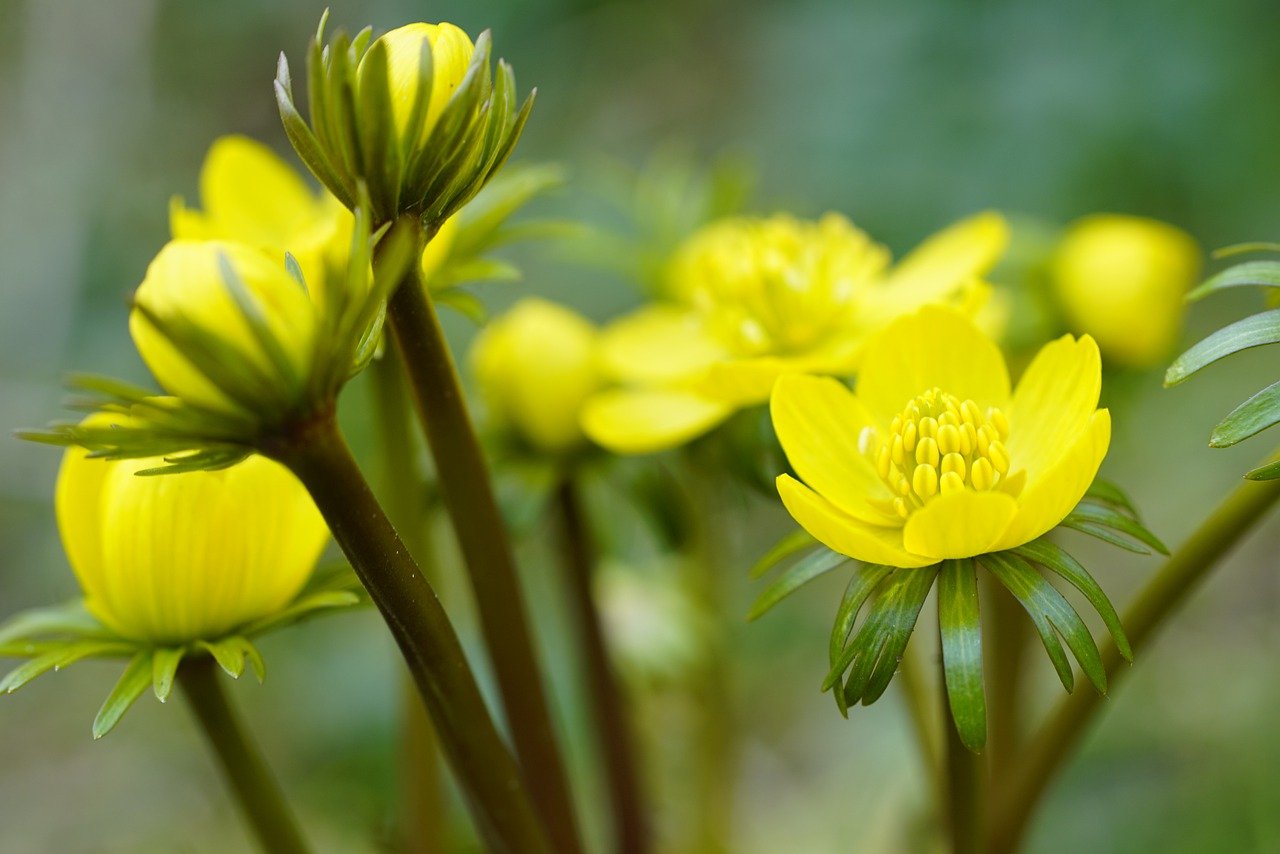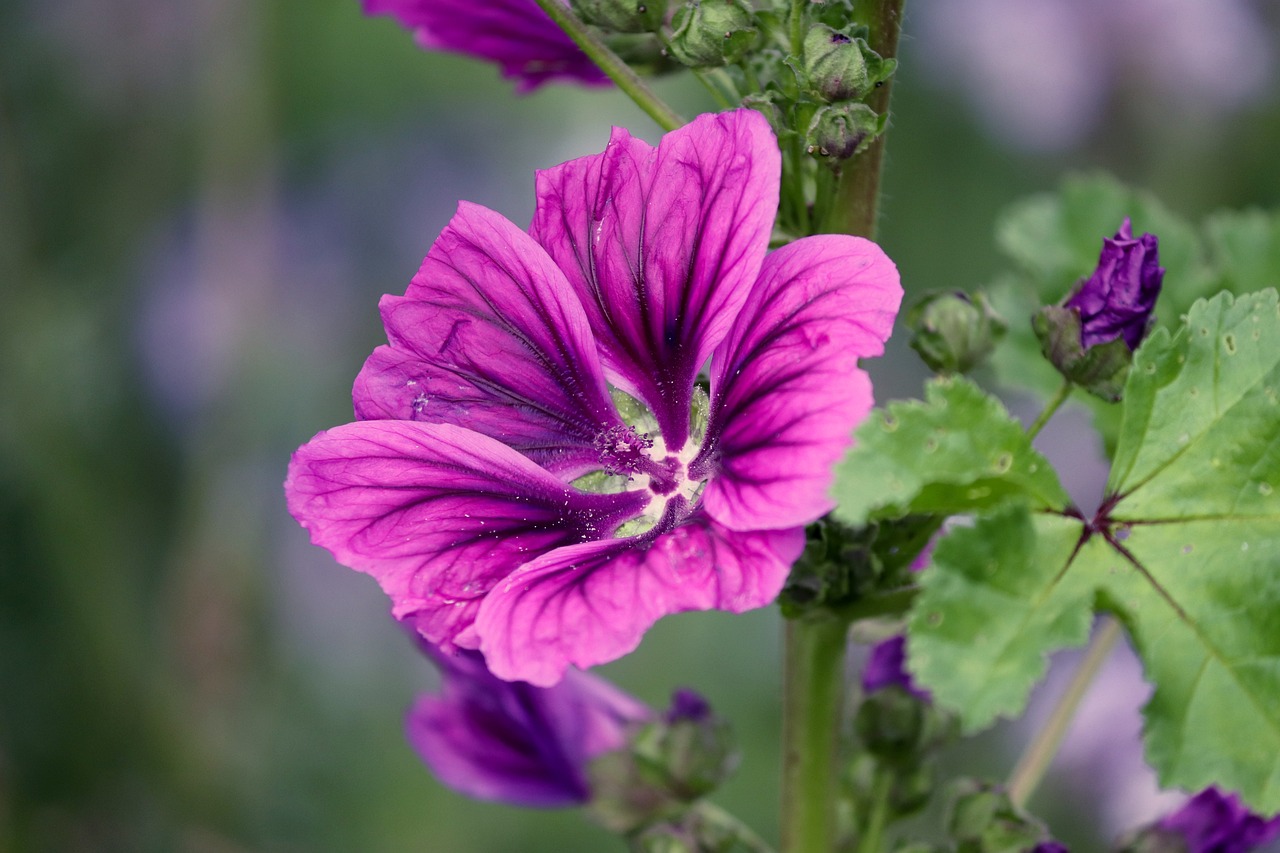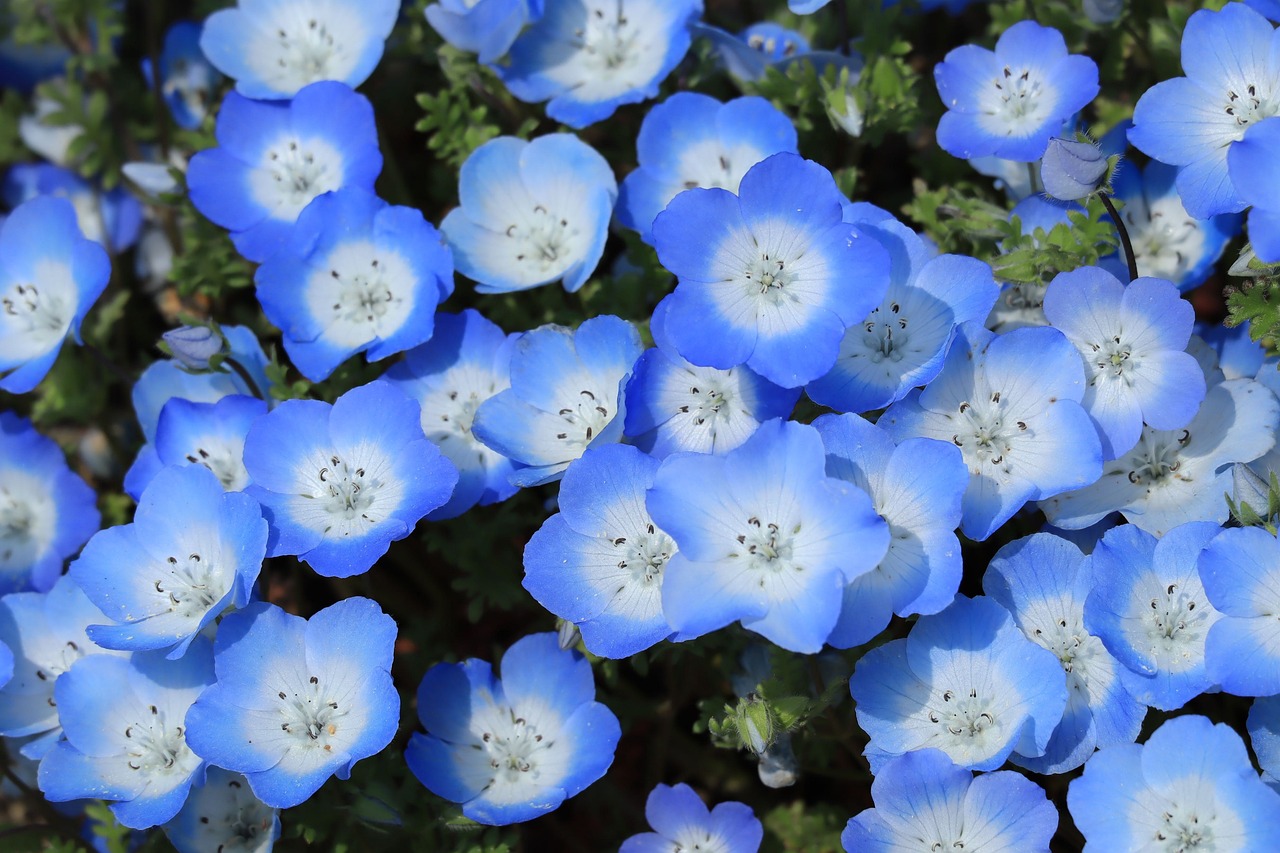Okina-gusa | A Spring Flower Bearing the Image of an Old Man in the Wind
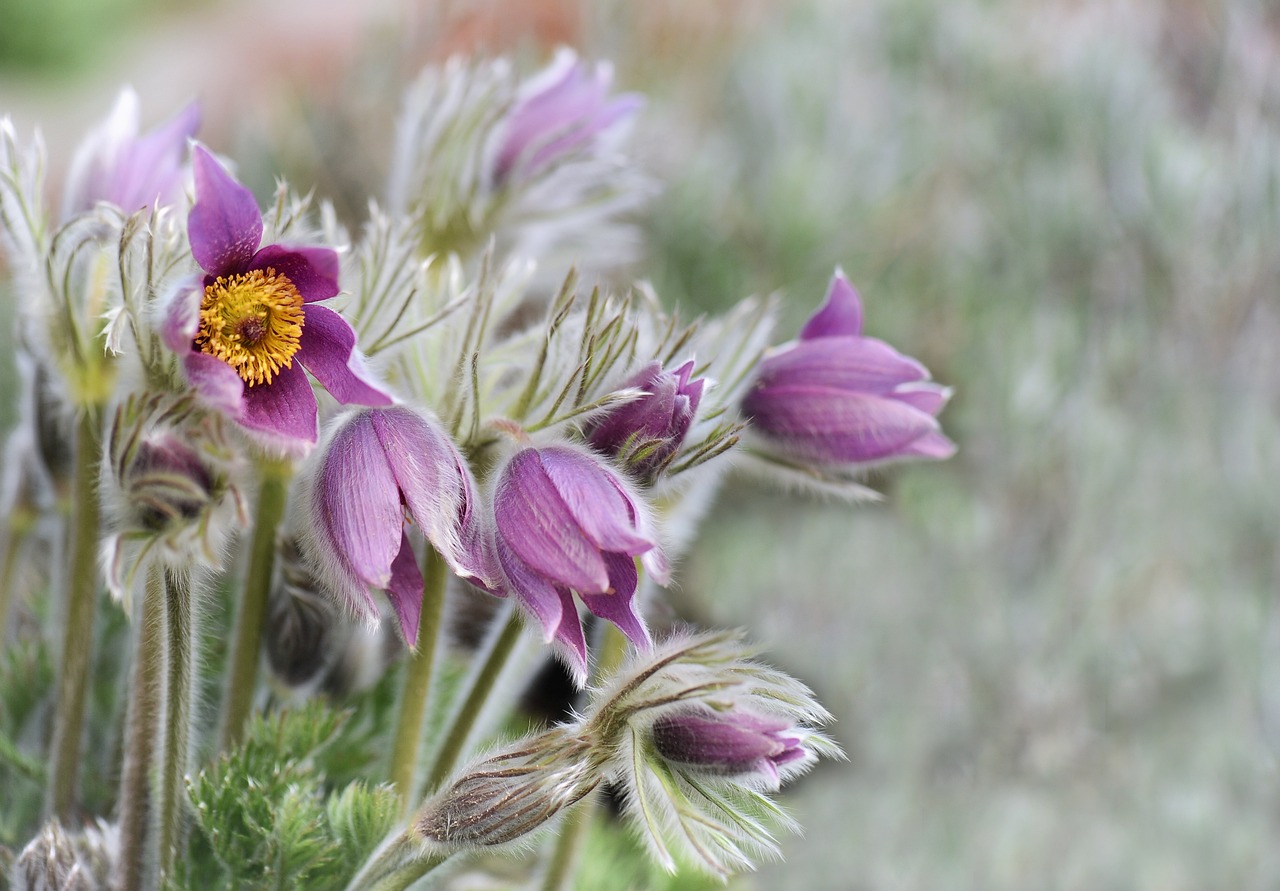
Okina-gusa (Pulsatilla cernua), also known as the “old man’s flower,” captivates people with its unique appearance and the origin of its name. After the blossoms fade, white silky seed plumes emerge, resembling the beard of an old man.
In this article, I will introduce the basic information about Okina-gusa, its cultural significance, historical background, and tips for cultivation.
Basic Information
- Scientific name: Pulsatilla cernua
- Family: Ranunculaceae
- Origin: Japan, China, the Korean Peninsula, and eastern Russia
- Appearance: Okina-gusa is a perennial plant, 15–30 cm in height, producing bell-shaped, dark purple flowers. After flowering, long white hairs attached to the seeds spread out, evoking the image of an old man. Its soft stems and leaves are also covered with fine hairs.
- Blooming season: March to May, heralding the arrival of spring.
Cultural Significance Around the World
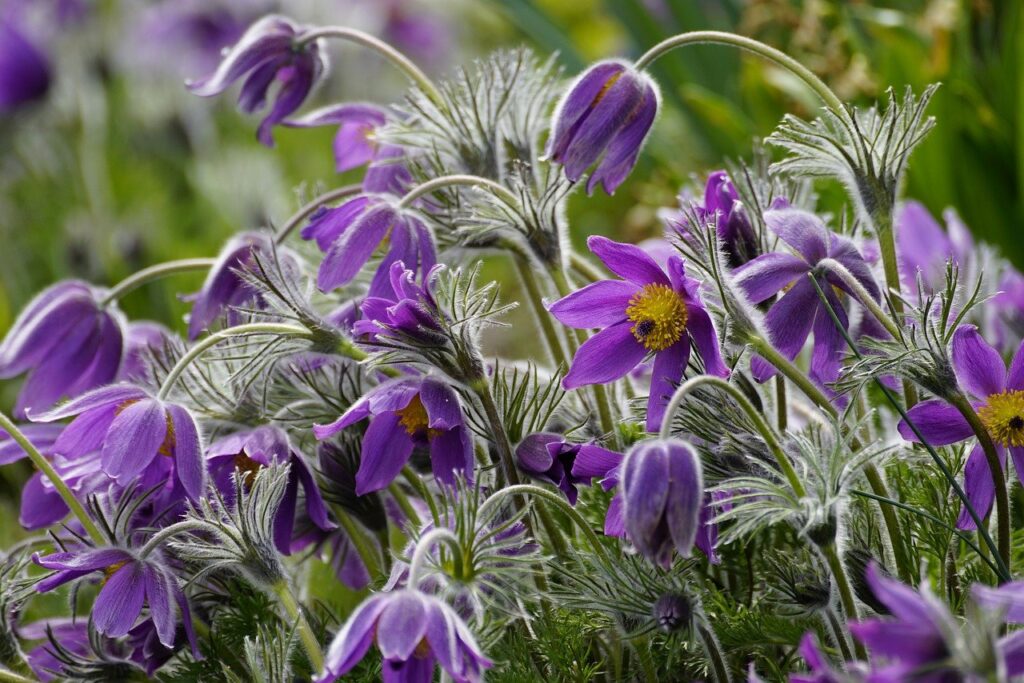
Okina-gusa has been regarded as a cultural symbol in both Asia and Europe.
In Japan, it has long represented the themes of transience and aging. Its distinctive appearance has inspired many poems and haiku, serving as a metaphor for the fleeting nature of life.
In Europe, the plant is known as the “Pasque Flower” and is associated with Easter. This connection stems from its blossoming in early spring, coinciding with the celebration of the Resurrection.
In Korea, it is called 할미꽃 (Halmi-kkot, ‘old woman’s flower’), sharing similar symbolic meaning with its Japanese counterpart. It appears in folktales and traditional paintings, and has been cherished in local culture.
Historical Background
In Japan, records of Okina-gusa date back to the Edo period, when it was popular among garden enthusiasts and even depicted on hanafuda playing cards.
In Europe, the plant was mentioned in medieval herbals, valued as a harbinger of spring. In Scandinavia and the Alps, it was revered as a symbol of vitality overcoming harsh winters.
Its seeds, traveling gracefully on the wind, have inspired poets and artists, appearing in literature and art as a symbol of endurance and beauty.
Gardening Advice
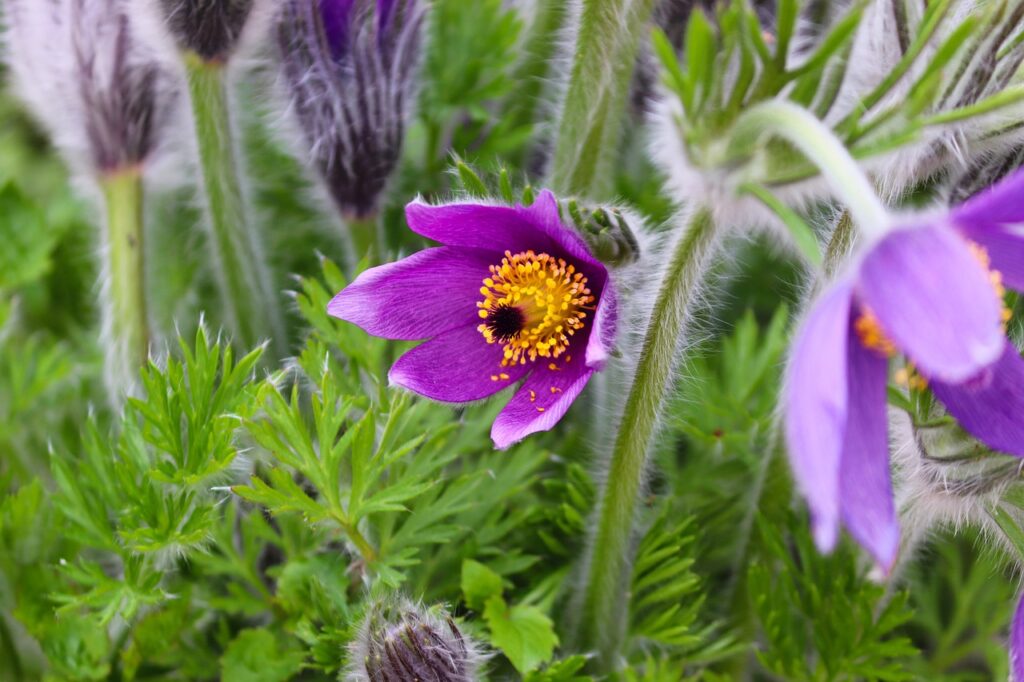
Okina-gusa is relatively easy to grow, but it thrives best in conditions close to its natural habitat. Plant it in a sunny spot, ideally where it receives more than half a day of sunlight.
Well-drained, moderately dry soil is ideal. Mixing sandy soil helps improve drainage in gardens. For pots, use pumice or drainage nets at the bottom.
Water moderately before the soil completely dries. Avoid overwatering, as it dislikes excess moisture. In winter dormancy, water sparingly to prevent the soil from drying out completely.
A small amount of slow-release fertilizer in spring is sufficient. Excess fertilizer may cause weak stems and fewer flowers.
Remove seeds and prune to help the plant store energy for the next season.
Conclusion
Okina-gusa is a spring flower loved for its unusual form and rich cultural associations. With proper care, it will bloom beautifully year after year, adding a unique charm to any garden.
I encourage you to grow Okina-gusa and bring its quiet elegance into your daily life.

